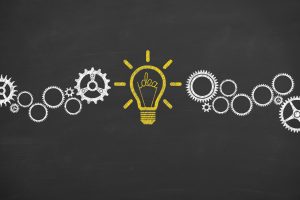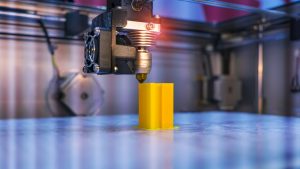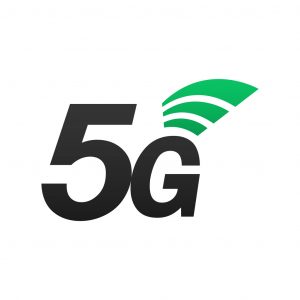 Though we recently touched on the U.S. Court of Appeals for the Federal Circuit ruling that only natural beings, which do not include artificial intelligence, can be an inventor under the U.S. Patents Act, the decision merits additional discussion.
Though we recently touched on the U.S. Court of Appeals for the Federal Circuit ruling that only natural beings, which do not include artificial intelligence, can be an inventor under the U.S. Patents Act, the decision merits additional discussion.
Defining artificial intelligence (AI) can be a challenging task due to the expansiveness of its reach and evolving nature if its application. At its core, AI is the use of computer systems to perform tasks which historically have required human intelligence. Thus, AI can interpret and learn from data, creating alone, using what it has learned from this data, without additional human input. Such machine learning is further refined into deep learning, in which artificial neural networks—algorithms which copy how the human brain works—learn in a manner that mimics how humans do but by processing vast amounts of data. This neural networks approach of having computers “learn” as the human brain does differs from the more traditional rules-based computer programming, in which a computer is programmed with the explicit rules it will follow. Even as AI-powered computers begin to mimic human thinking, going beyond following predetermined tasks and routines, it’s not surprising that while AI is good at rules-based thinking, it cannot mimic certain functions of the human brain yet.
Continue Reading →
 Internet & Social Media Law Blog
Internet & Social Media Law Blog








